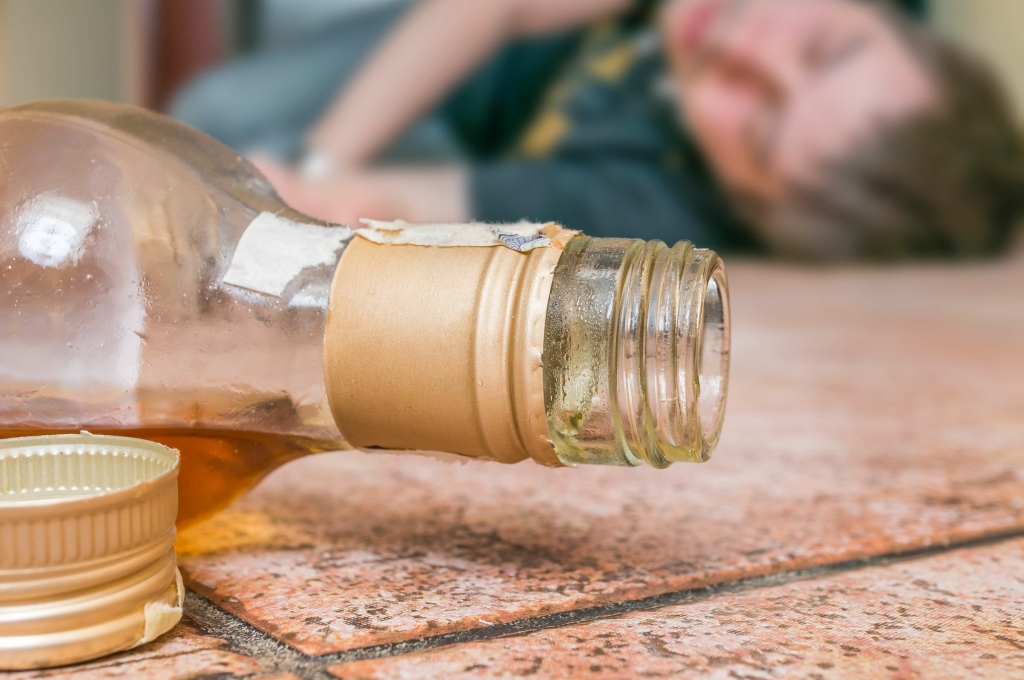Each member will draw one fear each, read it aloud and try to identify who wrote it. This activity requires group members to physically interact with each other, so it may not be appropriate for all groups. All members get in a circle and take the hand of someone who is not right next to them, then substance abuse group activities try to unravel the knot they have created without letting go of anyone’s hand. This section includes over two dozen different ideas of icebreakers that are appropriate for both teens and adults in group therapy. The most appropriate check-in question will depend on your answers to these questions.

Below is a list of therapy topics and themes that may be used during group therapy for substance use disorders. Although the list is comprehensive, it is by no means a complete list of every topic or theme that may be touched upon during treatment. Contact Bedrock Recovery Center to learn more about our group therapy strategies. Problem-solving practice helps identify strategies to support people in coping with the difficulties of life and creates the ability to solve everyday problems.
Substance abuse group activities for relapse prevention
Trust-building activities are also great ways to get group members comfortable with one another and encourage a safe and secure place to share. Group therapist Amanda Fenton provides an excellent set of guidelines and suggestions for check-in questions. This Strengths Spotting group activity aims to help participants identify and recognize psychological or character strengths in both themselves and others. One powerful benefit of conducting this typically individual exercise in a group context is that it enables each participant to get feedback on their own strengths from those around them. This activity is a great icebreaker but is also fun to do with group members that are already familiar with one another. It allows participants to share something about themselves, use their creativity and imagination to come up with a convincing lie, and learn interesting things about the other group members.
This Inside and Outside Worksheet can be a great tool for families with young children in therapy. It is intended for a child to complete, and the results can be discussed as a family to facilitate understanding and come up with solutions for family problems. This engaging gratitude activity is a great opportunity for teens and adolescents to exercise their creativity and express themselves. You’ll need a whiteboard or a large piece of paper and different colored pens. If there is an odd number of members, the therapist can pair with a member to make it even.
Mindfulness Activities for Your Group Sessions
Alternatively, group members can take turns drawing cards, but all group members are encouraged to share their answers. A list of specific topics for substance use groups, such as refusal skills, the difference between a lapse and a relapse, and fun in recovery. Completing this worksheet in a group setting can help clients connect with each other and realize that they are not alone in their negative thoughts and beliefs. It https://ecosoberhouse.com/ can be far too easy to believe that we are the only ones struggling and suffering from mental health or emotional problems, but this is far from the truth. If you are working with members that don’t jump at the chance to speak in front of the group, having a specific set of questions to guide the check-in process can be helpful. After completing a treatment program, individuals benefit from a well-structured aftercare plan.
- Talkative members tend to outshine others, while quieter members feel left out.
- Clients will oftentimes subconsciously demonstrate actions in group therapy that are representative of their routine patterns and thought processes.
- A 1-page checklist with quick tips, self-soothing, and indulgent ideas for self-care.
- Mindfulness is a type of meditation in which you focus on being aware of your environment and feelings in the moment.
- Group therapy is a common approach used in the treatment of substance use disorders.
They should ideally be taking note all the while of the impact they are having on their listener partner. This exercise can help participants bring presence to their interactions and step out of autopilot. If the couples are comfortable with this idea, they can share out to the group on something they learned about their partner or a fun memory they recalled together.
How Group Therapy Complements Individual Treatment
You will get an idea of the atmosphere of a group therapy session with adolescents and a model of effective facilitation from the two therapists. In the video description, there is a link to the full video if you’re hungry for more. On the left side of the worksheet is a box labeled “Event.” The clients should think hard about when they first developed a particular schema and trace it back to the event that created it.

This activity forces interaction between members, which can help decrease feelings of loneliness and isolation. Loneliness, grief, and loss are very much related to both anxiety and depression. Members write down as many goals as they would like and pass the ideas around. Once the list is complete, the group can brainstorm practical ways to implement behaviors that will help achieve these goals.
Substance Abuse Worksheets Bundle PDF Templates
Provide paper and paint or colored pencils and ask the patients to express their vision through art. The activity inspires hope, support, and a feeling of companionship that comes with sharing, all of which are essential for overcoming the challenges of substance abuse disorders. As each member participates, they can break the damaging thinking patterns that afflict patients undergoing substance abuse treatment. You can help participants work through emotions, feeling, situations, and actions that trigger substance use. Each member has a chance to confront previously invisible feelings, emotions, beliefs, and thoughts that came from a trigger.
